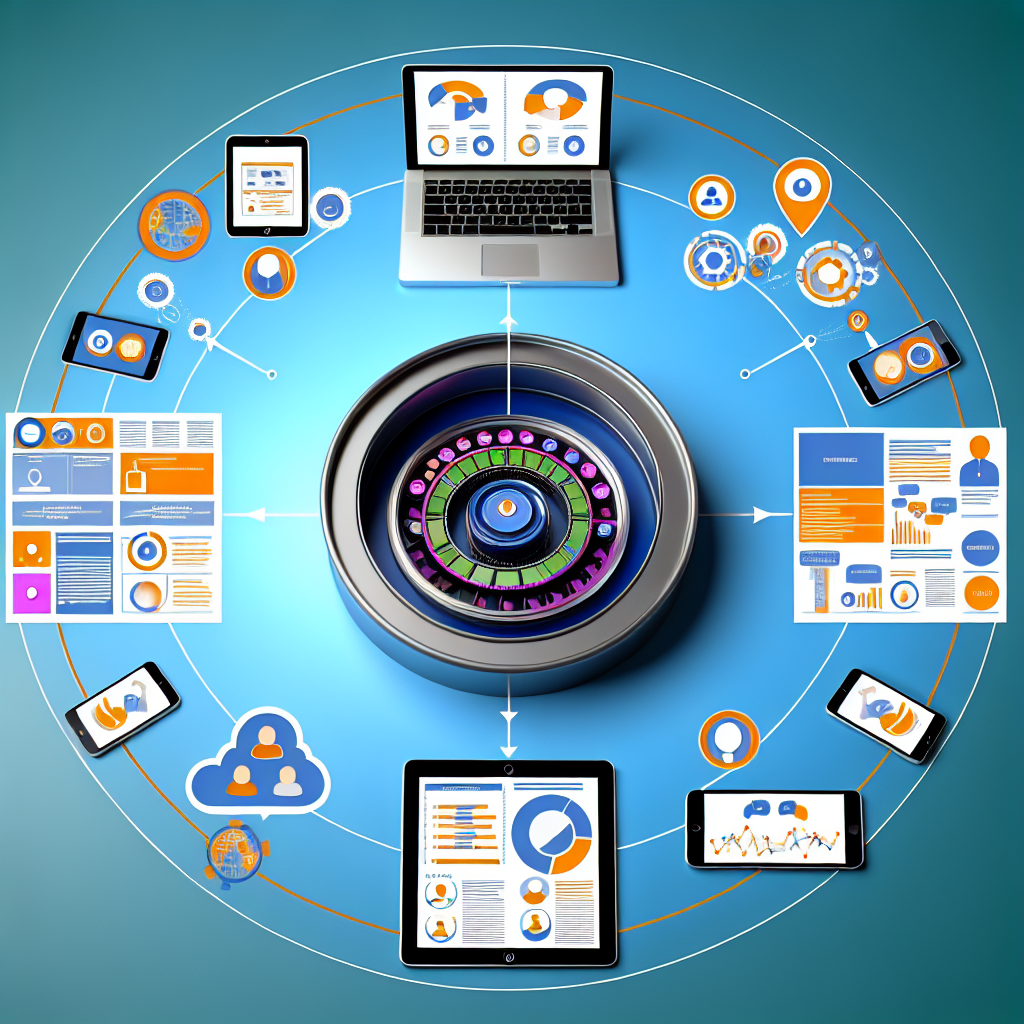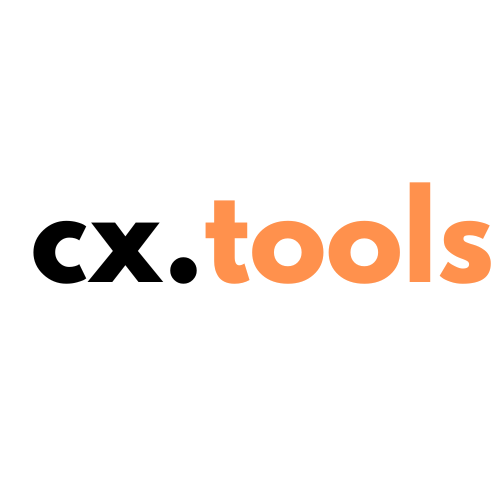
If you want to enhance your marketing strategy, it’s crucial to understand Customer Data Platforms (CDPs) first. A Customer Data Platform (CDP) collects and unifies data from various sources into a single, comprehensive customer profile that aids marketers in creating personalized experiences.
A Customer Data Platform (CDP) is a software that centralizes consumer data from multiple touchpoints and sources. These sources include websites, mobile apps, social media, and more. The CDP consolidates this data to construct a unified customer profile, allowing marketers to tailor their strategies and campaigns effectively.
A CDP significantly improves the accuracy of marketing efforts by integrating fragmented customer data.
Implementing a CDP in your marketing ecosystem offers a myriad of benefits:
CDPs are often confused with other data management systems like Customer Relationship Management (CRM) and Data Management Platforms (DMP). However, there are significant differences:
CDPs unify customer data in a way CRM and DMP systems cannot, offering a more holistic and actionable customer view.
CRM: Focuses primarily on managing direct interactions with customers through sales and customer service. It lacks the ability to integrate data from all transactional and behavioral sources comprehensively.
DMP: Primarily used for managing cookie-based data for advertising purposes. It lacks the capability to offer detailed individual customer profiles, focusing mostly on anonymized data.
Implementing a CDP involves several stages to ensure a seamless integration with your existing systems:
Successful CDP implementation requires careful planning and collaboration across various departments.
When choosing a CDP, consider the following factors:
Carefully evaluating these factors helps you select a CDP that will maximize your marketing effectiveness and ROI.
CDPs are particularly beneficial in retail, hospitality, financial services, and healthcare sectors where personalized customer experiences drive business success.
A CDP enhances customer experience by providing marketers with detailed insights into customer behavior, enabling them to create highly personalized and relevant marketing campaigns.
